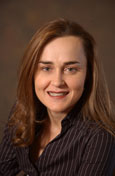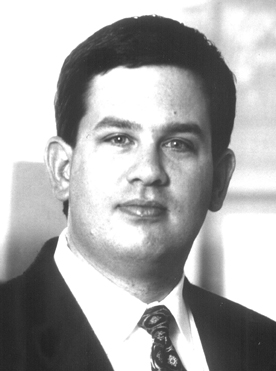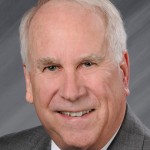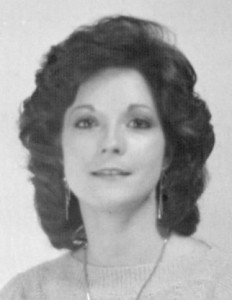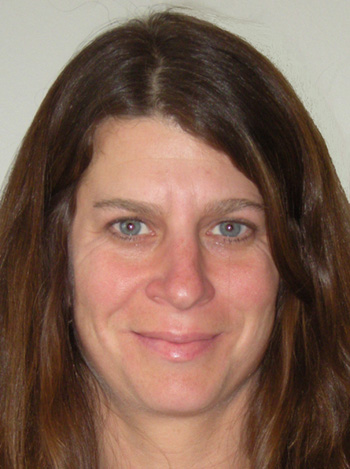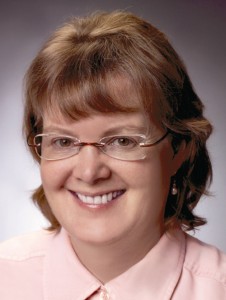
George "Twig" Segura, Senior Account Executive, Daniels Insurance
Entrepreneurs do everything they can to control the elements that contribute to their business’s success, but some events are out of their control. That’s where business insurance comes in: to ensure that an unpredictable event doesn’t destroy everything the company’s owner has worked for.
Business insurance — also called commercial insurance — is an umbrella term for a variety of products designed to protect business or commercial interests. Some businesses require insurance that targets industry-specific challenges, but other types of insurance address risks common to all businesses.
Commercial property insurance covers buildings, contents, inventory and equipment against physical loss or damage. It typically comes with “business income and extra expense coverage,” which compensates a business owner for the money that’s lost while the business is closed because of an insured loss.
Commercial general liability insurance protects a business from claims for bodily injury or property damage to customers and clients. It covers claims that result from a customer or visitor getting hurt on the business’s property or from an employee damaging property at a client’s home or business.
Professional liability coverage, sometimes called “errors and omissions” (E&O) insurance, can help businesses that deal with customers who potentially could claim that something the business or its employees did for them was done incorrectly and cost them money or caused them harm.
Workers’ compensation and employers liability coverage is required of all New Mexico businesses — with limited exceptions — that employ three or more workers; for the construction trades, no minimum number of employees applies. This insurance provides benefits in the wake of occupational injuries or disease suffered by an employee, regardless of fault. Benefits include payment of medical services and lost wages, subject to a limit set by state law. Workers’ compensation is the exclusive remedy for the coverage of work-related injuries.
Accounts receivable coverage protects a business when its records are destroyed by an insured peril and the business cannot collect the money owed. The policy covers these uncollectible sums plus the expense of record reconstruction and extra collection fees. It does not insure the physical value of the records themselves, such as the paper, computer disks and tapes on which they’re stored.
Crime coverage and fidelity bonds protect a business from crime-related losses, whether it’s burglary, robbery or theft. Fidelity bonds specifically cover theft perpetrated by a business’s employees who steal money, equipment or other assets from the business (first-party fidelity) or a client (third-party liability)
Given all these insurances choices, a business owner should view an insurance agent as a business partner who can help her tailor coverage to her business’s specific risks and needs.
Download 144_A Business Worth Building is Worth Insuring PDF
Article 144

